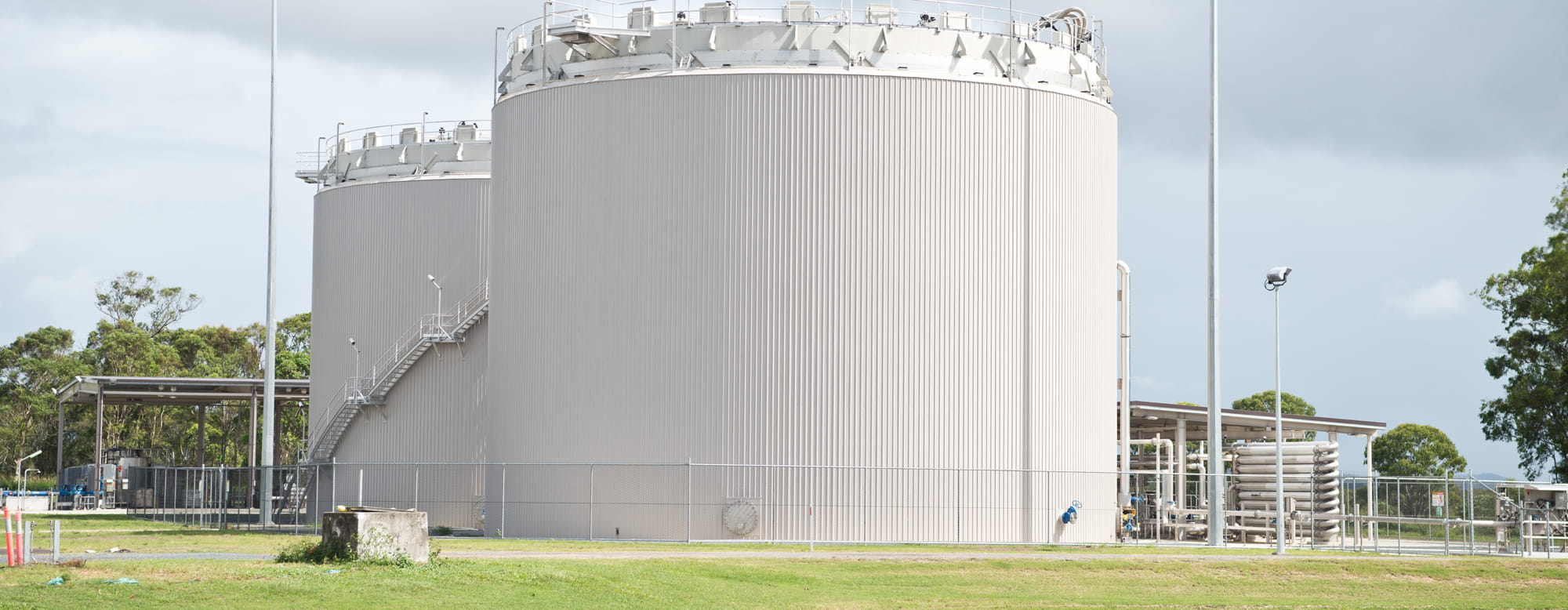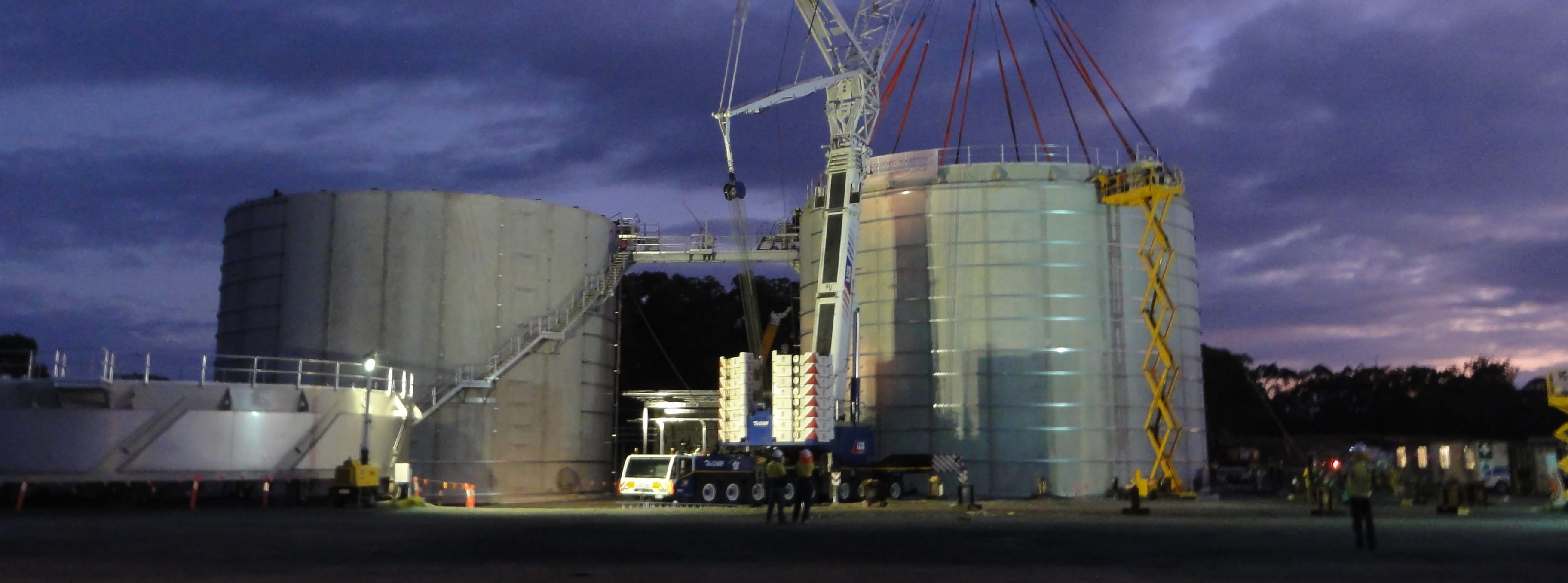Gold Coast Water and Abi Group Contractors formed the Coombabah and Staplyton Program Alliance to deliver the ‘Stage 5’ upgrade of Coombabah Wastewater Treatment Plant and to build a new plant at Staplyton.
The Situation
Gold Coast Water and Abi Group Contractors formed the Coombabah and Staplyton Program Alliance (CaSPA) to deliver the ‘Stage 5’ upgrade of Coombabah Wastewater Treatment Plant and to build a new plant at Staplyton (the Staplyton plant was subsequently cancelled following the amalgamation of water businesses into Allconnex). Advisian (previously WorleyParsons) was engaged as a Design Joint Venture partner (along with KBR) to undertake the concept and detailed design, construction supervision and project support roles. Our major contribution included the process and electrical design of the biological system, anaerobic digesters and the supporting mechanical equipment.
Approach
By 2009, Coombabah Wastewater Treatment Plant was operating at its design capacity treating the wastewater from 300,000 equivalent people (EP), risking solids loss during high flow wet weather events leading Gold Coast Water to call tenders for the plant’s upgrade, with three basic requirements:
- Provide an additional 16 ML/d (~ 60,000 EP) of capacity
- Construct an aerobic digester to produce ‘Grade B’ treated biosolids
- At least match the excellent performance of the existing plant, which was producing an effluent total nitrogen concentration of < 2.5 mg/L.
The project can be divided by the liquid and solids stream processes.
Liquid Stream
A new compartmentalised bioreactor had been constructed as part of the ‘Stage 4’ upgrade, which was used as an aerobic sludge digester. It was decided to convert this reactor to a five-stage Bardenpho, with a nominal capacity of about 17.5 ML/d – formally known as Train G. Modifications were made to the internal cell divisions to create a post anoxic zone, and ethanol was provided as an external carbon source. A second clarifier and a chorine contact tank for disinfection were also provided.
On commissioning, the train was seeded with waste activated sludge (WAS) from the other bioreactors. Treatment to a 5:1 N:P (licence) standard was achieved within two days of commissioning and parity with the other stages was achieved within two weeks of the ethanol being available.
Subsequent to commissioning, the plant has continued to perform reliably although the ethanol dosing has been stopped to reduce costs (since the train will comfortably meet the 5:1 licence standard without ethanol dosing).
Solids Stream
Having converted the existing aerobic WAS digester to a liquid stream bioreactor, a new digester was required to generate ‘Grade B’ biosolids. The Brief called for a new aerobic digester; however this required a large process volume and was not consistent with Gold Coast Water’s strategic planning for sludge management - which was based on thermal hydrolysis and anaerobic digestion.
After a detailed technical and economic evaluation, it was decided to build an anaerobic sludge digester since this was most cost efficient and consistent with the long-term plan. However, the addition of thermal hydrolysis was not economic at this this stage, owing to the high capital cost of building digesters and a thermal hydrolysis unit.
The analysis indicated that hydrolysis was more favourable if delayed for a future stage to defer the construction of additional digesters. However, this entailed building a WAS-only digester, which to our knowledge had not be successfully done at a large scale in Australia. Without energy-rich primary sludge (which is not produced at Coombabah), gas production is limited, making it difficult to generate sufficient methane for self-sustaining operation.
For this reason unhydrolysed anaerobic digestion was generally believed not to be suitable for WAS only. The design focused on energy efficiency to ensure self-sustaining operation. Ultra-high efficiency boilers were used along with insulation and sludge pre-thickening. Two anaerobic digesters were built, with sequential gas lance mixing and floating gas hoods.
The digesters were seeded with anaerobic sludge from Luggage Pt, Oxley and Elanora Wastewater Treatment Plants. WAS was slowly introduced, with gas production beginning on day one. Since then no supplementary heating has been required. The digested sludge is post treated with magnesium hydroxide to precipitate phosphorus (as struvite, a slow release fertiliser) after air stripping to remove CO2. The digested sludge is then reused for agriculture.




